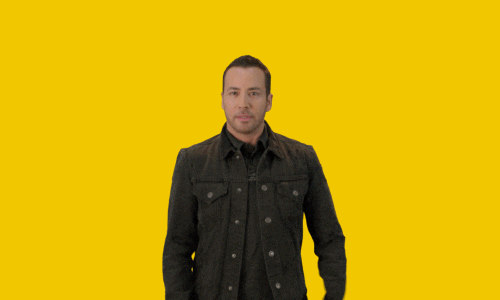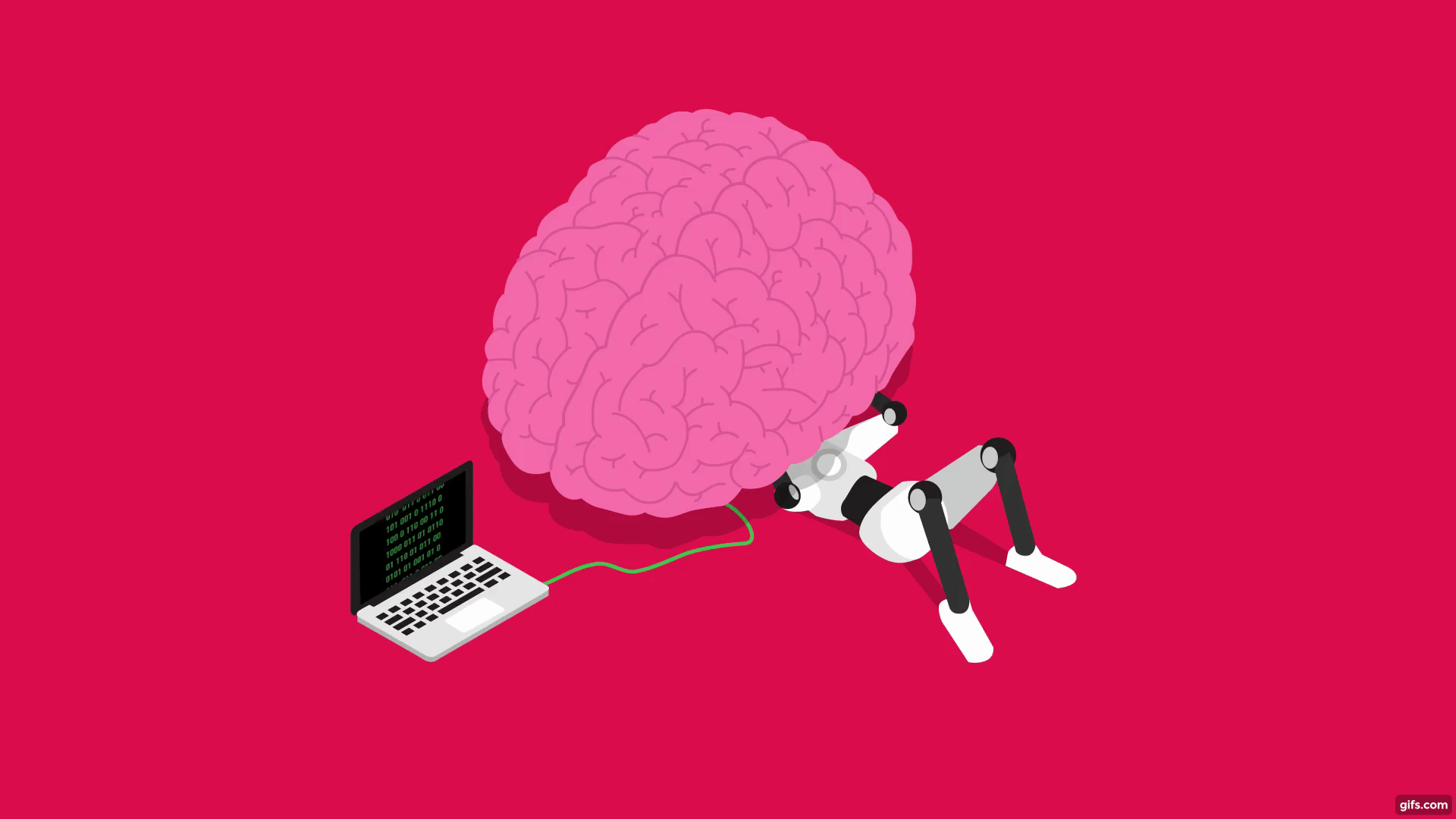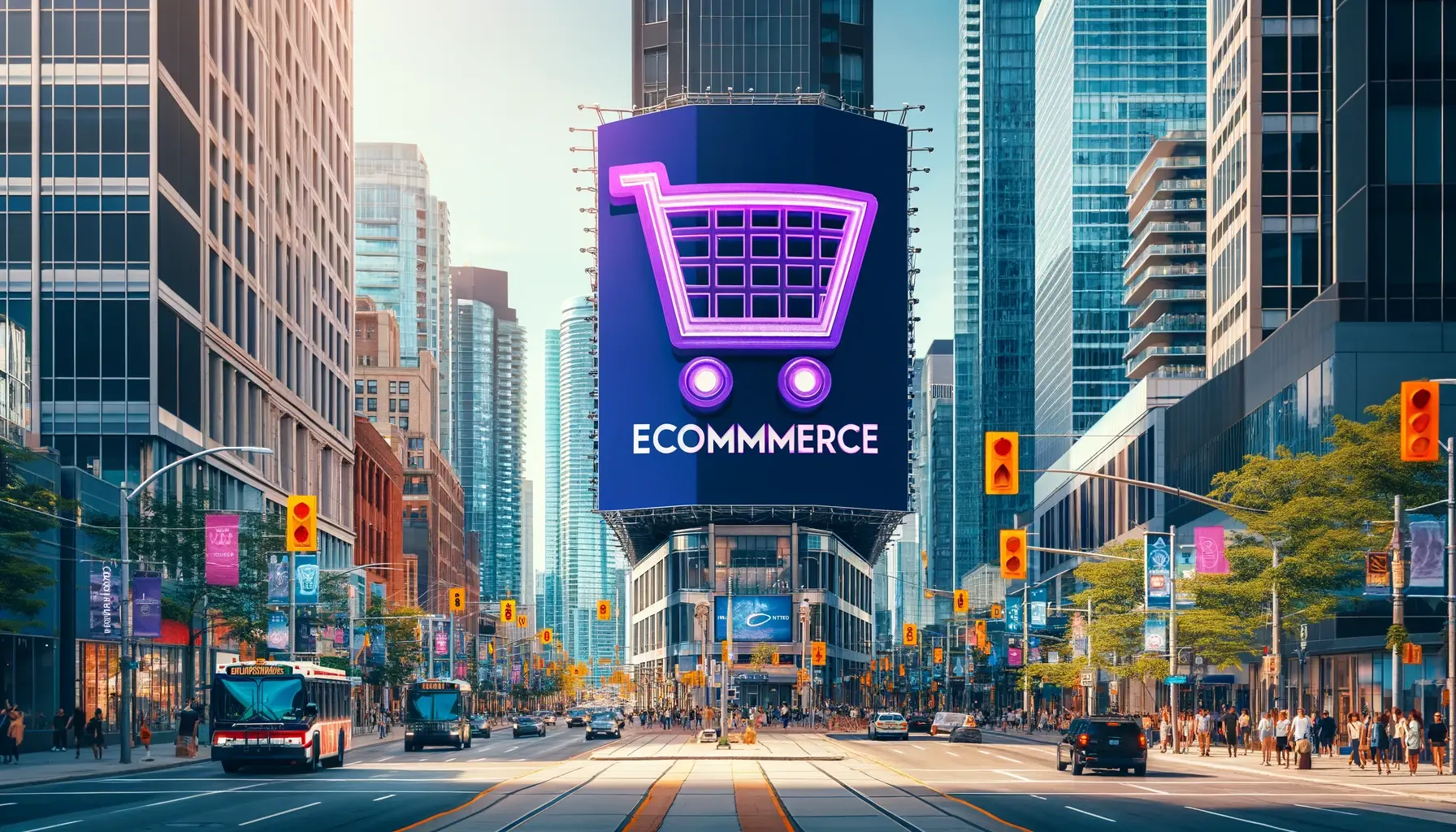Whether it’s shoes, jewelry, barbecue tools, or sports equipment, there’s nothing quite as persuasive as observing someone we respect or admire using a brand or product. -Martin Lindstrom.
Why do people buy what they buy, how do customers make a decision, why the audience has a certain emotional connection to a brand or a product? Wondering why?

Neuromarketing!
Neuromarketing is a field of neuroscience that concentrates on revealing the subconscious decision-making process of customers, based on the analysis of their brain functioning.
Over the decade, neuroscience research has proven to us that about 95 percent of our decisions are made unconsciously. What could be its effect? Let the examples told and demonstrate the power of neuromarketing by themselves.

Here is how Google used neuromarketing techniques to maximize its revenues.
The chances are high that if you are reading this blog, you have also used Google, at least once in your life, which means that you have come across the links which are colored blue. Every time you click on one of those links, Google makes money from it. Naturally, Google would want us to click on those more often, to make more money. Quite straight forward, right?
At the same time, we can know that color affects the way we perceive things and make our decisions in the marketing aspect included. But the question Google asked, was whether a slight change of the shade of color would make an actual difference and change the users’ clicking behavior.
As a result, Google tested over 47 different shades of blue to find out if one shade would generate more clicks compared to the others. One shade did. And by adopting that color, Google increased its annual revenue by nothing less than $ 200 million.

This serves to be a perfect example of how can simple information, like a shade of color, change the way we perceive things, and correspondingly how we act upon that. And that is all the power of NEUROMARKETING.
Heading on how you can use all this in your website’s design or other marketing purposes, more outstanding examples are waiting for us.
What’s one of the most effective advertising tactics used in advertising, marketing, and correspondingly design and content creation as well?
FEAR!

- pinpoint a problem customers don’t know they have
- create anxiety over the problem
- sell the sure
Interestingly, thanks to fear-mongering, alarm sales can increase by up to 10% in a year, a safe one, when the crime rates actually decrease.
Scarcity Heuristic
Usually, on a psychological level, the perceived value of an item is appendant on the difficulty of obtaining it. This follows the principles of the Scarcity Heuristic, a cognitive bias where an item with limited availability is more desirable. Web designers can use this psychological aspect by using alerts mechanisms to emphasize the limited nature of the services they offer. Good examples of this kind of design at work could be countdown timers in the header of a page and brightly colored inventory counters.
Picture-Superiority Effect
A simple phrase “a picture is worth a thousand words” can describe the following neuromarketing trend. This common saying is constructed upon the phenomenon called the picture-superiority effect, which simply means that pictures are more likely to be remembered than words.
All websites built on Web 2.0 standards make use of this effect to some extent. In previous years, the use of images when developing a web-page became a necessity as visitors now have shorter attention spans, only around 7 to 8 seconds. Currently, modern websites face the problem of condensing information, and images are the best way to do this.
Additional Tips from Digilite:
If you want to convey a positive message, use real numbers, not percentages. If you are describing a benefit of your product or service, describing it in terms of absolute numbers will maximize its impact.
Good: 90 percent of our customers value our services as “excellent”
Better: 9 out of 10 customers value our services as “excellent.”




